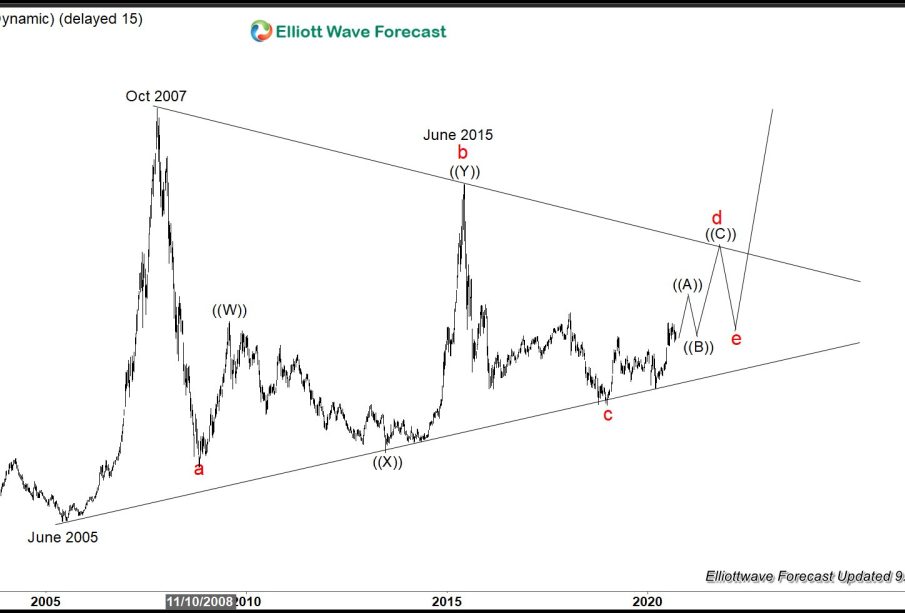The Shanghai Index: Understanding Its Importance and Trends

Introduction
The Shanghai Index, formally known as the Shanghai Stock Exchange Composite Index, serves as a crucial barometer for the economic health of China, the world’s second-largest economy. It includes all A-shares and B-shares listed on the Shanghai Stock Exchange and reflects the performance of stocks traded in the region. As China continues to play a pivotal role in global trade, understanding the fluctuations and trends of the Shanghai Index is essential for investors and analysts alike.
Current Trends and Recent Developments
As of October 2023, the Shanghai Index has experienced notable volatility influenced by various market dynamics. In recent weeks, the index saw a decline due to several factors, including the ongoing concerns regarding China’s economic recovery post-COVID-19, rising inflation rates, and regulatory pressures facing tech companies. According to reports, the index fell by 3% over the past month due to these mounting pressures, reflecting investor apprehensions about the country’s growth trajectory.
The Chinese government has taken measures to stabilize the economy, such as introducing stimulus packages aimed at boosting consumer spending and supporting troubled sectors. These interventions are essential for enhancing market confidence. Analysts predict that if these efforts successfully stimulate economic activity, the Shanghai Index may recover in the coming months.
Global Impact and Future Implications
The ramifications of the Shanghai Index extend beyond China’s borders. As the index is one of the primary indicators of the Chinese economy’s health, it influences global markets and investor sentiment. For instance, significant fluctuations in the index can affect foreign investments and international trade relations, prompting investors to reconsider their strategies.
Experts suggest that in the event of a strong economic recovery in China, the index could rebound, potentially attracting more foreign investments and signaling a reinvigorated confidence in the Asian markets. Conversely, if economic conditions worsen, it may lead to sustained downturns that could further impact global economies.
Conclusion
The Shanghai Index remains a critical focal point for investors, economists, and policymakers alike. Its current performance and future trajectory are vital indicators not only for China’s economy but also for the global market landscape. As we move forward, close monitoring of the index will provide valuable insights into economic trends and investment opportunities in one of the world’s most influential nations.









